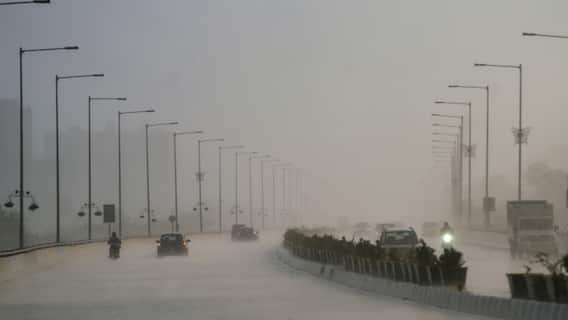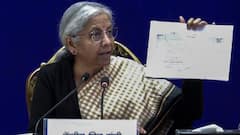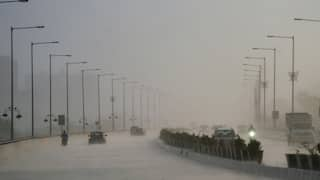India's Domestic Airfares Surge 43% In Five Years, Vietnam Tops The List
The findings come from an airfare study conducted by Airports Council International (ACI), which represents 617 airports in the region, in collaboration with Flare Aviation Consulting

India has experienced the second-highest increase in domestic airfares in the Asia-Pacific (APAC) and West Asian regions, with prices rising by 43 per cent in the first half of 2024 compared to pre-pandemic levels in 2019. This is second only to Vietnam, where airfares surged by 63 per cent. In international air travel, India ranks third in fare increases during the same period, behind the United Arab Emirates (UAE) and Malaysia, according to a report from Business Standard.
The findings come from an airfare study conducted by Airports Council International (ACI), which represents 617 airports in the region, in collaboration with Flare Aviation Consulting. The study, discussed during an ACI board meeting on Monday, analysed airfare trends across over 60,000 routes in 19 countries, offering insights into the post-pandemic recovery in the region.
Domestically, Vietnam saw the most considerable rise in airfares, followed by India. Other countries with significant fare hikes included Malaysia (36 per cent), Thailand (26 per cent), and Australia (21 per cent), particularly in markets with substantial domestic demand.
On international routes, both India and Vietnam reported a 16 per cent increase in airfares, ranking third. The UAE topped the list with a 22 per cent rise, followed by Malaysia (21 per cent), Australia (14 per cent), and Thailand (7 per cent). Low-cost carriers were responsible for some of the sharpest increases. The average fare increase across the region was around 10 per cent.
Stefano Baronci, director-general of ACI APAC and Middle East, said: “While passenger numbers in APAC are returning to pre-pandemic levels this year, many travellers are paying much more, especially on domestic routes. This indicates that the demand for air travel is likely higher than in 2019. We must ensure that rising airfares do not become a barrier for potential customers,” as per the report.
Baronci explained that airfares are influenced by a complex pricing system set by airlines. For example, routes served by a single airline saw fare increases of more than 25 per cent, while routes with healthy competition experienced more moderate increases of around 10 per cent.
He also emphasised that airport charges do not drive the rise in airfares. Airport fees have remained relatively stable over time, accounting for about 4 per cent of airlines’ operating costs. Between 2019 and 2024, airport charges for domestic flights actually decreased by 7 per cent, while international flight charges rose by only 6 per cent, making their impact on the recent fare hikes minimal.
However, airlines cite the sharp rise in aviation turbine fuel (ATF) prices, especially in the domestic market, as a key factor behind fare increases. In India, for instance, ATF prices have surged by over 35 per cent from the end of 2019 to November 2024, now reaching Rs 84,000 per kilolitre. Fuel remains a major cost component for airlines, accounting for 35-40 per cent of their operating expenses. Additionally, airlines are still recovering from significant losses incurred during the pandemic, which they must offset to ensure long-term survival.
Also Read : Amazon CEO Andy Jassy Refutes Claims Of 'Backdoor Layoff' Behind In-Office Mandate
Top Headlines





































